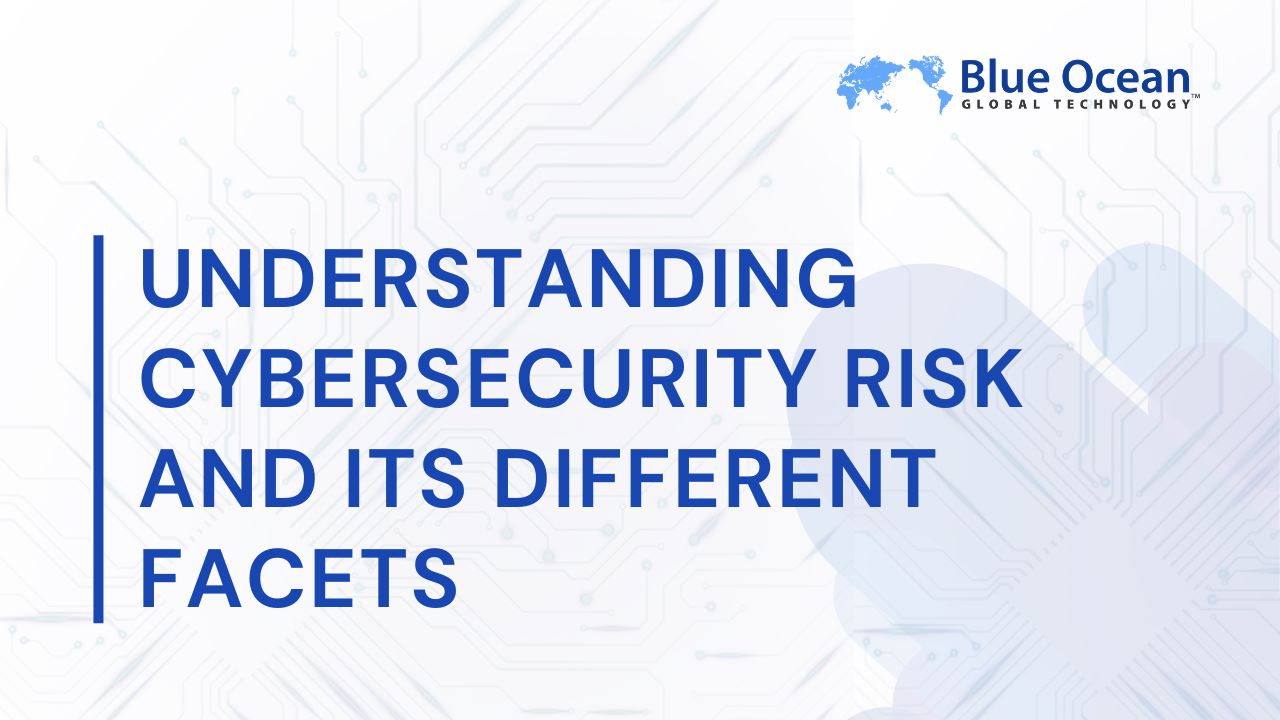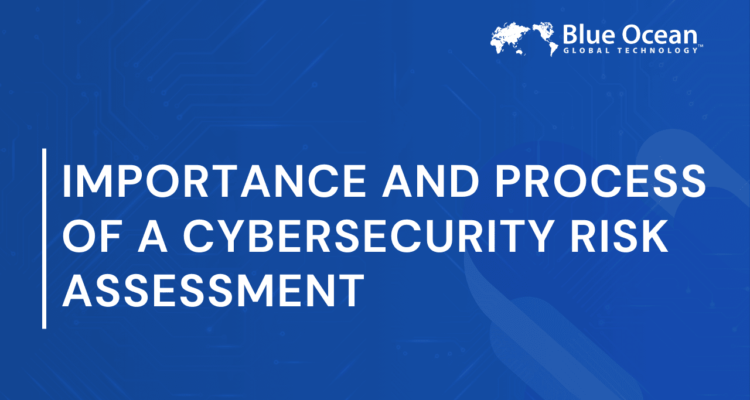Understanding Cybersecurity
Cybersecurity is essentially a set of technologies and practices that safeguard an organization’s digital infrastructure. It attempts to protect the organization against unauthorized access and cyberattacks. Cybersecurity secures assets, reputation, data, and the overall digital infrastructure of an organization.
An Overview of Cybersecurity Risks

Cybersecurity risk is the potential threat of a data breach or cyber attack, resulting in loss or damage to an organization’s digital infrastructure. This includes but is not limited to core assets, intellectual property, and reputation. It includes risks such as data loss, compromised confidentiality, and asset damages. These factors underscore the importance of implementing strong cybersecurity management and continuous monitoring as essential measures.
Reasons for the Exponential Rise
-
Increasing Digitization
Globalization and digitization are on the rise, impacting nearly every sector. This digital transformation has created a meta-universe of data, requiring stringent privacy and regulatory frameworks to safeguard it. This has put data systems at a greater risk of cyber attacks.
-
Data Wars
Cyber espionage is funded by different stakeholders who often steal data for financial or political gains. This has led to data wars and increased threats to the security networks.

-
Loopholes in digital protection infrastructure
Use of cloud services with improper default security. Improperly secured assets and sensitive information. And a lack of effective cybersecurity strategy could lead to overlooking of compliance measures. All of this could place the organization’s cyber network at immense risk.
-
Ever-evolving nature of technology
It is directly proportional to the ever-evolving nature of cyber risks. One is not independent of another. This requires regular audits and assessment of the organization’s network and core assets.
Common Cybersecurity Risks and Threats
Cyberattacks target organizations across all sectors – corporations, government and individuals. 72% increase in data breaches in data breaches since 2021, which held the previous all-time record. This shows cybersecurity threats are on an exponential rise. Some common cybersecurity threats include –
-
Phishing
This involves using text messages or deceptive emails to organizations or individuals. Through this phishers induce their targets to download malware or to disclose information. Phishers present themselves as credible individuals of good reputation. 94% of organizations have faced email security incidents. There are different kinds of phishing attacks like whale phishing, spear phishing etc.

-
Malware
It is a software designed by cybercriminals with an intention to corrupt a network, server or device. Viruses, spyware, worms are some common examples. 4.1 million sites are infected with malware, at any point in time.
-
Ransomware
It is a type of malware attack. It locks the device or server, making any of the data or files inaccessible until a ransom is paid. Cyber extortion is another kind of ransomware that has been recently reported widely.
-
Denial of Service (DoS) and Distributed Denial of Service (DDoS)
In a DoS attack, attackers aim to flood a target network or device with overwhelming traffic or requests. This compromises the network’s capacity to entertain legitimate service demands.
DDoS attack is similar to a DoS attack except that it originates from multiple distributed devices.
-
Social Engineering Attacks
These involve fooling individuals into clicking on malicious links sent through texts or emails. It can also involve phone calls from cyber criminals pretending to be bank or tech agents. Some examples of these attacks are baiting, diversion theft, honey trap etc.
Anticipating a Potential Cybersecurity Risk?
Get in touch with our team of global professionals to secure your organization better.
How to Deal With Cybersecurity Risks?
The first step involves identifying core assets, both tangible and intangible, of the organization. Assessing the magnitude of these risks to such core assets is the second necessary step. This allows targeted protective cyber action. Once the core assets have been identified, it is essential to locate any loopholes that may be present therein. These loopholes may be exploited by cyber criminals. Routine security and assessment audits are required to mitigate the risk. Cyber Risk assessment frameworks must be utilized to identify and locate any vulnerabilities.
In addition, staying proactive and aware of changing technologies is absolutely essential.
Conclusion
Cybersecurity risks threaten an organization’s digital infrastructure, assets and corporate reputation. Identifying core assets and vulnerabilities in them is an essential step towards cybersecurity risk management. Additionally, staying proactive and fully aware of emerging tech risks is essential in the present digital age.
Frequently Asked Questions
1. How do you identify risks to your cybersecurity network?
First requirement is to identify the core assets of an organization. Next step involves conducting a risk assessment to identify vulnerabilities. Based on these findings, a cybersecurity action plan must be developed.
2. What are the most common cybersecurity risks?
Most common cybersecurity risks include but are not limited to phishing, malware, ransomware, Denial of Service, etc.
Protect Your Organization’s Reputation From Cyber Attacks.
Consult our experts on reputation and risk management now.













